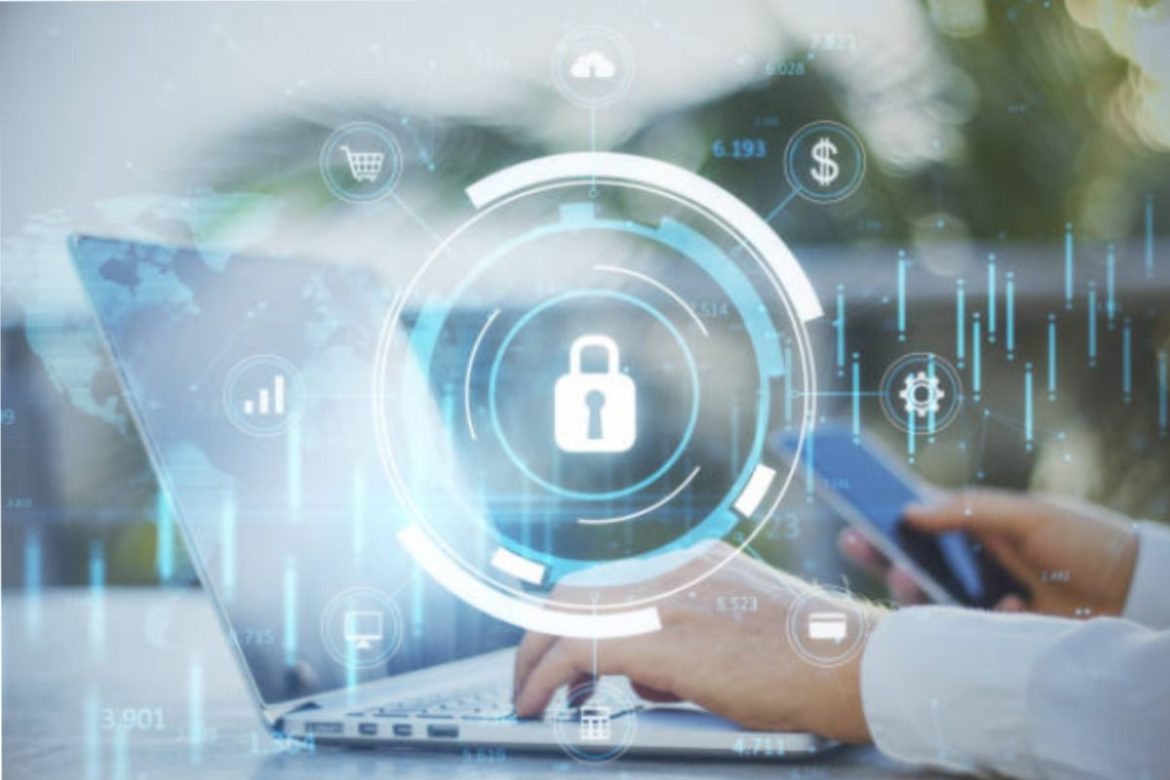Most, if not all, businesses have undergone a digital revolution over the past decade. Large and small businesses, organizations, and governments today dispense services, deliver products, and receive payments through computerized systems. This has made cybersecurity an ever-present and pressing need. As businesses ask their customers to entrust them with their personal and, sometimes financial, data, they must promise to safeguard this data from cyberattacks and other forms of unauthorized access. Consequently, the cybersecurity sector is constantly evolving to adapt to new threats. Here is a look at some of the cybersecurity trends driving the industry in 2023.
Table of Contents
Mobile Devices
Recent trend statistics show that 2019 saw a 50 percent increase in mobile banking attacks. This trend has held in recent years, emphasizing the fact that mobile devices could be more vulnerable than PCs. Among other things, this could be because many people do not take as many steps to secure their mobile devices as they do their computers. This situation is dire considering how many industries have adopted mobile platforms. Banks offer mobile versions of their transaction services, airports allow people to book flights through their phones, and even the best online casinos now offer a mobile version of their games. When accessing these games and services, users often have to divulge personal information. This is why cybersecurity trends show an increased focus on mobile device security.
Artificial Intelligence (AI)
AI has found applications in a wide range of industries, from production and manufacturing to gaming and entertainment. The technology is also being used alongside machine learning to improve cybersecurity services. Among other things, AI is being used to facilitate automatic threat detection, face recognition, natural language processing, and automated security. These systems study user behavior to establish patterns, which are then used to predict and detect cyberattacks. One provider, https://intel471.com/titan, provides insights from global analysts for real-time visibility of the threat landscape.
Multi-Factor Authentication
Multi-factor authentication processes like TFA (two-factor authentication) require that users provide multiple forms of authentication to access their account. This measure adds a second layer of security that makes it difficult for unauthorized parties to breach secure systems. Unlike other systems, here the hacker would have to know several pieces of information about the account holder. In 2023, more businesses will be securing their accounts with MFA to lower the probability of unauthorized access.
Cloud Security Solutions
Cloud computing offers many benefits, including improved storage solutions. As more businesses transfer their applications and data to the cloud, however, they risk exposing these assets to hackers. This is why 2023 will see the creation of cloud security solutions. The solutions will likely include regular patching, authentication processes, and encryptions.
Final Thoughts: The Essence of Cybersecurity
Cybersecurity measures and services are designed to, first, prevent cyberattacks. This is usually achieved through security measures like access controls, antivirus software, and firewalls. In the event someone tries to access personal data without authorization, cybersecurity systems should then be able to detect an impending attack. AI helps with this by creating a user profile of consumer behavior so it can detect suspicious activity. But, if despite all these measures an attack occurs, computer systems should be resilient enough to withstand the breach without major losses. 2023 cybersecurity trends focus on this.


